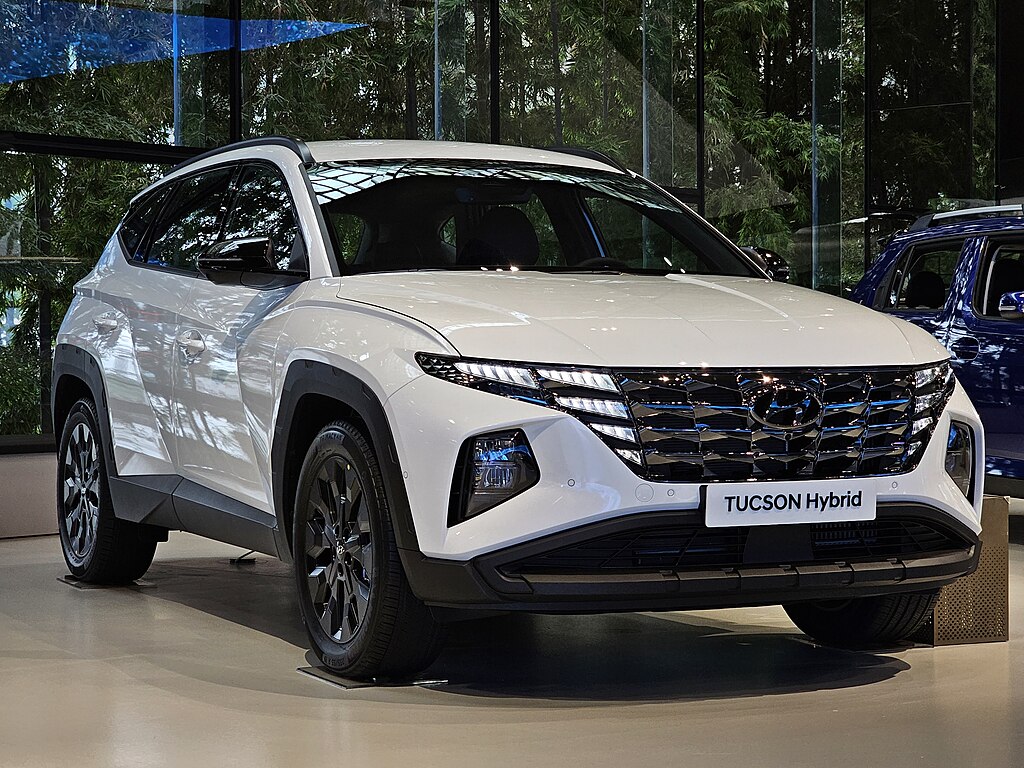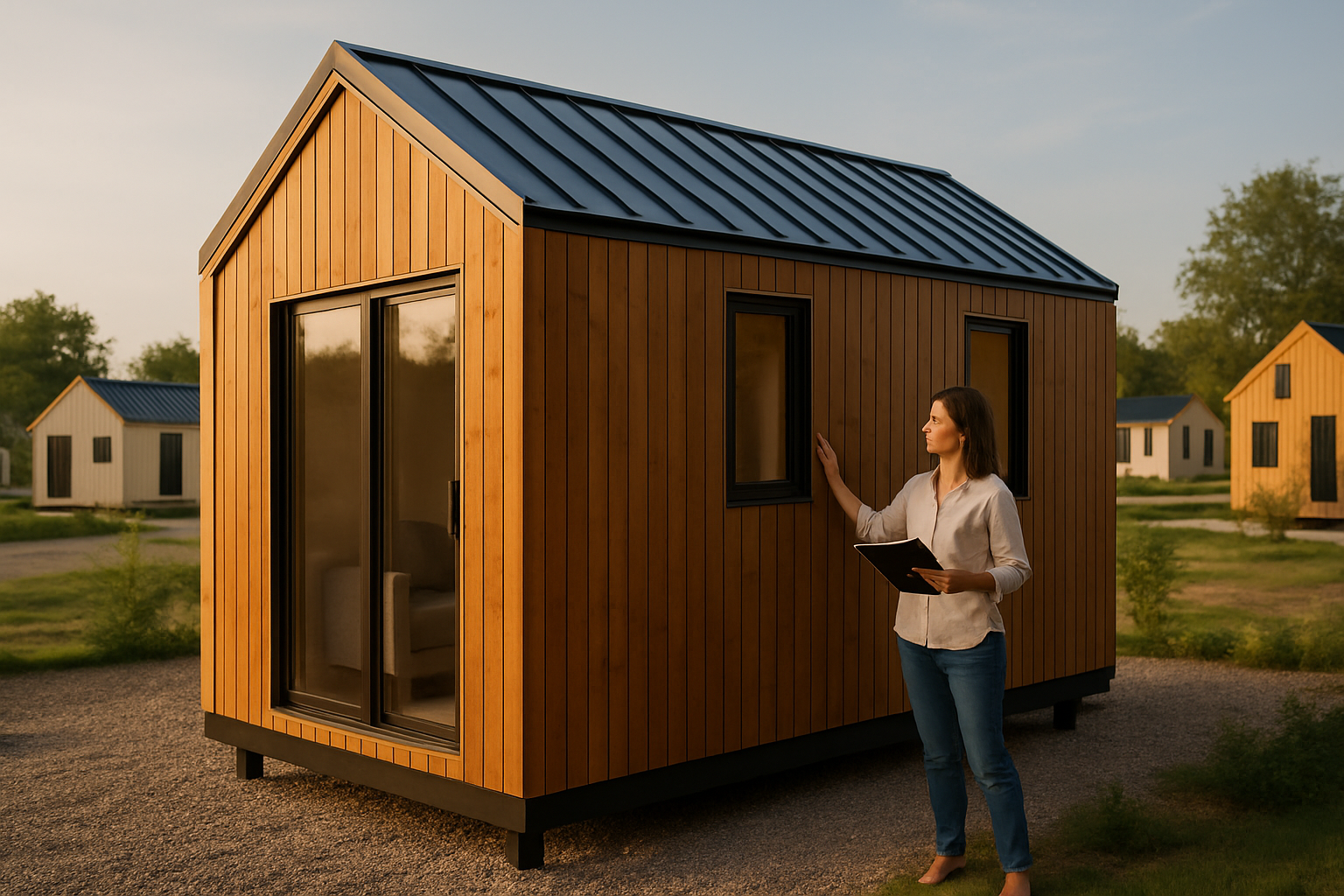Hyundai Tucson Prices: A Comprehensive Guide For CA Buyers In 2025
As the automotive market continues to evolve, the Hyundai Tucson remains a favorite among SUV enthusiasts in Canada. Known for its stylish design, advanced technology, and solid performance, the 2025 Tucson is expected to deliver even greater value. This guide explores the projected pricing, key features, and overall costs of the 2025 Hyundai Tucson in Canada, helping prospective buyers make well-informed decisions.

What Are The Expected Hyundai Tucson Prices for 2025?
The 2025 Hyundai Tucson is expected to maintain its position as a competitively priced compact SUV in the Canadian market. Based on industry projections and Hyundai’s historical pricing strategies, the 2025 Tucson will likely see modest price increases compared to the previous model year.
For the base Essential trim, Canadian buyers can anticipate a starting MSRP of approximately $30,000 to $31,500. The Preferred trim, which typically adds additional convenience features, is projected to start around $33,000 to $34,500. Moving up to the N Line trim with its sportier styling and features, prices are expected to range from $37,500 to $39,000. The premium Ultimate trim will likely command between $41,000 and $43,000, while the top-tier Hybrid and PHEV variants could reach approximately $45,000 to $48,000 for fully-loaded models.
These price ranges account for anticipated inflation, technology upgrades, and competitive positioning within the compact SUV segment. Destination fees, typically ranging from $1,700 to $1,900 in Canada, would be additional to these prices.
How Do Hyundai Tucson Costs In 2025 Compare To Current Models?
The 2025 Hyundai Tucson is expected to represent a modest price increase over the current generation models. The projected increase ranges from 3-5% across all trim levels, which aligns with typical year-over-year increases in the automotive industry and accounts for inflation and feature enhancements.
Current 2024 models start at approximately $28,500 for the base Essential trim in Canada, while the 2025 model is projected to start closer to $30,000. This increase reflects both inflation and the anticipated addition of more standard features. The highest trim levels show a similar pattern, with current Hybrid and PHEV models maxing out around $46,000, while 2025 equivalents could reach up to $48,000.
However, when considering total cost of ownership, the 2025 Tucson may offer better value despite the higher purchase price. Improvements in fuel efficiency, particularly in the hybrid variants, could result in meaningful savings over the vehicle’s lifetime. Additionally, Hyundai typically enhances warranty coverage and maintenance packages with new model years, potentially offsetting some of the increased purchase cost.
What Features Can Buyers Expect In The 2025 Hyundai Tucson?
The 2025 Hyundai Tucson is anticipated to build upon the current model’s impressive feature set with several enhancements across all trim levels. Standard equipment will likely include an expanded 10.25-inch touchscreen infotainment system (up from the current 8-inch base model screen), wireless Apple CarPlay and Android Auto, and a more comprehensive suite of driver assistance features.
Safety technology will remain a priority, with the Hyundai SmartSense safety suite expected to include advanced features like forward collision avoidance with pedestrian and cyclist detection, lane keeping assist, driver attention warning, and rear occupant alert as standard across all trims. Higher trims will likely add blind-spot collision avoidance, highway driving assist, and surround-view monitors.
Interior comfort and convenience features should see improvements as well, with dual-zone climate control potentially becoming standard on more trim levels. The Ultimate trim is expected to continue offering premium amenities like ventilated front seats, heated rear seats, and Bose premium audio, with potential additions like a larger panoramic sunroof and enhanced ambient lighting.
Powertrain options will likely remain similar to the current lineup, including the standard 2.5-liter four-cylinder, the 1.6-liter turbocharged hybrid, and the plug-in hybrid variant. However, all powertrains may see minor improvements in efficiency and performance metrics.
How Do 2025 Hyundai Tucson Models Compare In Pricing And Features?
The 2025 Tucson lineup will continue to offer Canadian buyers multiple trim levels, each representing a distinct value proposition in terms of features and pricing. Below is a comparison of the anticipated 2025 Hyundai Tucson trim levels, highlighting key differences in features and pricing:
| Trim Level | Expected Price Range (CAD) | Key Features | Powertrain |
|---|---|---|---|
| Essential | $30,000 - $31,500 | 10.25” touchscreen, wireless Apple CarPlay/Android Auto, basic SmartSense safety suite, cloth seats | 2.5L 4-cylinder (187 hp) |
| Preferred | $33,000 - $34,500 | Adds heated steering wheel, dual-zone climate control, blind spot monitoring, leather-wrapped steering wheel | 2.5L 4-cylinder (187 hp) |
| N Line | $37,500 - $39,000 | Adds sport styling, 19” alloy wheels, leather/suede sport seats, unique interior trim | 2.5L 4-cylinder (187 hp) |
| Ultimate | $41,000 - $43,000 | Adds leather seating, ventilated front seats, panoramic sunroof, Bose premium audio, surround-view monitor | 2.5L 4-cylinder (187 hp) |
| Hybrid | $43,000 - $45,000 | Similar to Ultimate features, improved fuel economy (est. 6.4L/100km combined) | 1.6L turbo hybrid (227 hp combined) |
| PHEV | $46,000 - $48,000 | Top-tier features, 50+ km electric-only range, enhanced efficiency | 1.6L turbo PHEV (261 hp combined) |
Prices, rates, or cost estimates mentioned in this article are based on the latest available information but may change over time. Independent research is advised before making financial decisions.
When comparing these models, the value equation becomes apparent. The Essential trim offers a substantial upgrade over previous base models with its expanded standard feature set. The Preferred trim adds key comfort features for a modest price increase, making it potentially the best value for many buyers. The Ultimate trim represents a significant jump in luxury appointments that justifies its premium, while the hybrid models command higher prices but offer meaningful fuel savings that could offset the initial cost difference over time.
All-wheel drive is expected to remain optional on lower trims (adding approximately $2,000) and standard on higher trims. This represents an important consideration for Canadian buyers dealing with winter driving conditions.
The PHEV model, while carrying the highest price tag, may qualify for federal and provincial electric vehicle incentives in Canada, potentially reducing the effective price gap between it and conventional models while offering significant fuel savings for drivers with regular charging access.
Conclusion
The 2025 Hyundai Tucson lineup offers Canadian buyers a range of options to meet diverse needs and budgets. While prices are expected to increase modestly compared to current models, the enhanced feature set, improved efficiency, and Hyundai’s strong warranty program continue to make the Tucson a compelling value proposition in the compact SUV segment. For prospective buyers, the choice between trim levels will depend on which features matter most and whether the fuel savings of hybrid variants justify their premium price points. As the 2025 model release approaches, keeping an eye on Hyundai’s official announcements will provide more concrete pricing and feature information.




